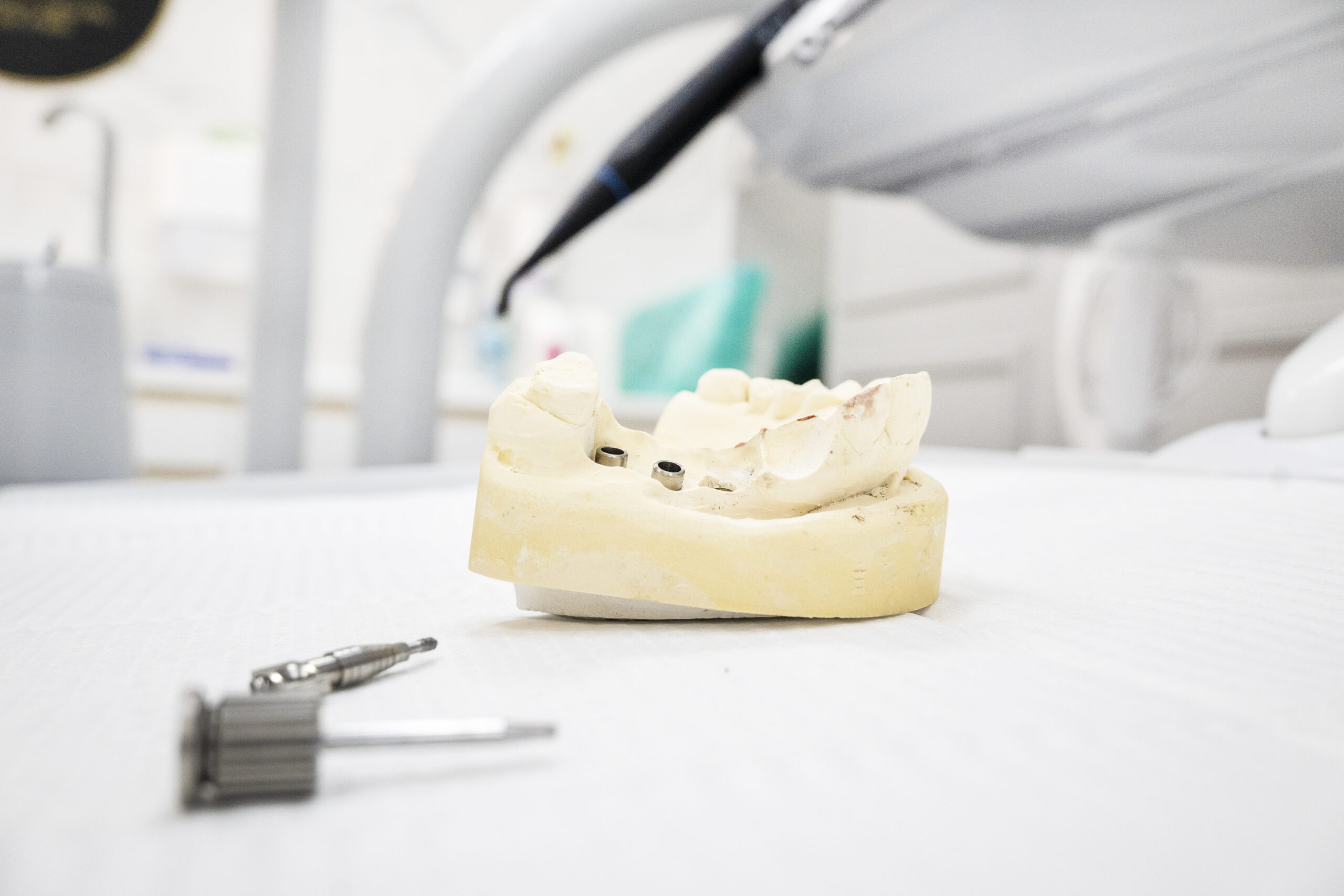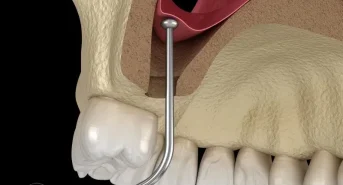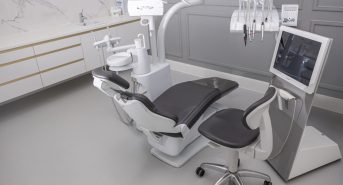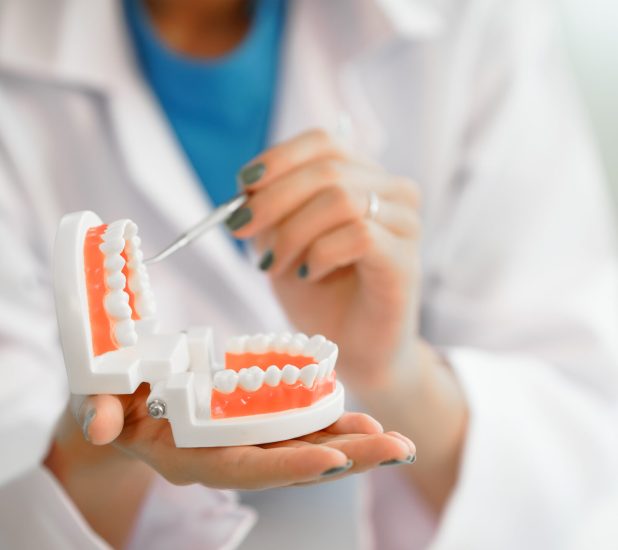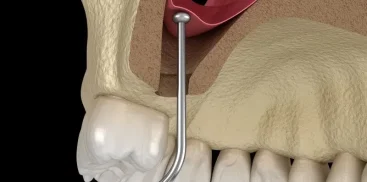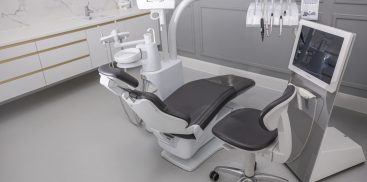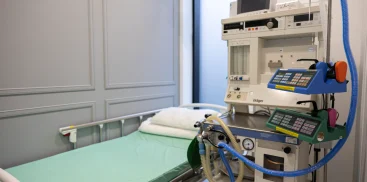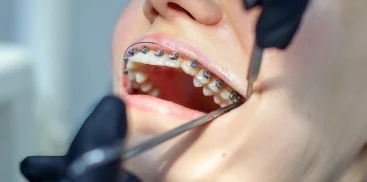Patients considering implant options often inquire about how long they will last and whether replacement will be necessary. It’s important to emphasize that the durability of an implant primarily depends on the patient’s behaviors and oral hygiene. Regular check-ups and examinations can significantly reduce the risk of complications, including peri-implantitis, which is inflammation of the tissues around the implant.
When should dental implants be replaced? How to avoid complications?
Dental implants are becoming an increasingly popular solution for those seeking to restore full oral functionality. However, while well-made implants can last for many years, they require regular care and attention.
Regular visits to the dentist and professional cleaning are essential for maintaining the durability of implants. Additionally, the patient themselves plays a significant role in maintaining oral health through proper hygiene habits and caring for the implants.
Avoiding complications related to dental implants also requires adequate knowledge of products and tools that can help maintain their cleanliness and durability. Therefore, it’s worth consulting a dentist for advice on proper implant care and in case of any concerning symptoms. This way, the need for dental implant replacement can be avoided, allowing for years of functionality.
“Implant Peri-odontitis”
After implantation surgery, blood flow to the surrounding tissues naturally decreases, making them more susceptible to damage. The main risk to implant durability is diseases related to inflammation of the tissues around them, caused by bacteria presence. This applies to both soft tissues, such as the mucous membrane, and hard tissues, namely bone. In the case of soft tissues, there is peri-mucositis, while in the case of bone, there is peri-implantitis. Peri-implantitis poses the greatest threat to implants, risking bone loss, exposure, and even implant loss. This can be compared to periodontitis occurring with natural teeth.
How can we recognize peri-implantitis?
An early sign of peri-implantitis is often gum inflammation, which doesn’t always cause pain, making it difficult for the patient to identify. Regular dental visits and monitoring of the implant area are therefore crucial. Initial symptoms may include redness and swelling of the gums near the implant, excessive tissue growth, bleeding during probing, deepening of the gum pocket, and sometimes the presence of purulent discharge. Inflammation can lead to a decrease in the gum line (called gum recession), which can cause unsightly exposure of implant threads. In extreme cases, the implant may even lose connection with the bone (disintegration), resulting in implant loss.
Periodontal Support for Implants
When soft tissues around implants become inflamed, a periodontist or surgeon becomes a key ally for the patient. Curettage, or professional removal of plaque deposits and bacteria, may be necessary, especially when inflammation reaches deeper layers of tissue. In advanced cases, treatment may involve pharmacological therapy or innovative photoactive disinfection using lasers. In situations where inflammation reaches the bone, surgical intervention may be necessary, including bone regeneration, implantoplasty, and tissue grafting.
An integrated periodontal-surgical approach ensures comprehensive care for the patient, addressing both soft tissue and bone structure, with long-term implant success in mind.
